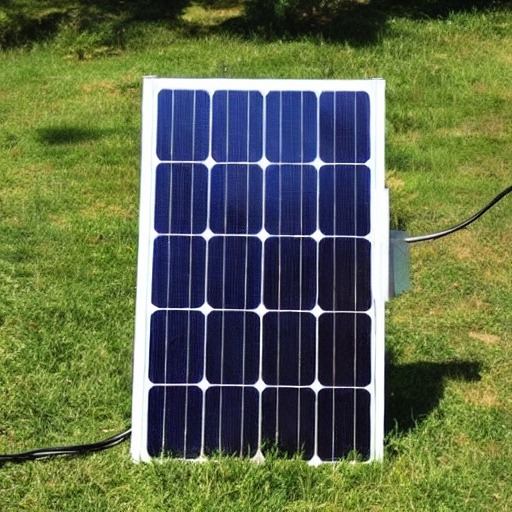In today’s fast-paced world, where we rely heavily on electricity for almost every aspect of our lives, imagining a day without power might seem daunting. However, embracing occasional power outages as opportunities for emergency preparedness can significantly enhance our resilience in the face of unforeseen challenges. Many of us read and make preparations, but how many of us actually practice emergency preparedness? One effective way to do this is by voluntarily turning off your power for 24 hours. In this article, we’ll explore the benefits and practical steps of this exercise, emphasizing the importance of readiness in times of crisis.
Why Practice a 24-Hour Power Outage?

- Realistic Simulation: Simulating a power outage provides a realistic scenario to test your preparedness plans. It allows you to identify weaknesses and areas for improvement in a controlled environment before facing a genuine emergency.
- Skill Development: Handling a temporary power loss requires various skills, such as alternative cooking methods, communication strategies, and resource management. Practicing these skills builds confidence and competence in managing emergencies.
- Family Preparedness: Engaging the entire family in a 24-hour power outage exercise fosters a sense of teamwork and responsibility. It ensures that everyone knows their roles and understands what to do in case of an actual emergency.
Preparing for the 24-Hour Power Outage
- Inform and Educate: Notify family members, neighbors, and any relevant authorities about your planned outage. Educate them about the purpose of the exercise and encourage their participation.
- Stock Up on Essentials: Ensure you have an ample supply of essentials such as water, non-perishable food items, batteries, flashlights, candles, and a first-aid kit. Plan meals that do not require cooking or refrigeration.
- Communication Plan: Establish alternative communication methods in case landline phones and internet services are unavailable. Consider investing in battery-operated radios or hand-crank chargers for staying informed.
- Practice Safety Measures: Emphasize safety protocols, especially if children or elderly family members are involved. Review procedures for using candles, handling food safely, and dealing with potential hazards.
During the Power Outage
- Stay Calm: Encourage everyone to remain calm and positive throughout the experience. Use it as an opportunity to bond with family members and neighbors without the distractions of electronic devices.
- Engage in Activities: Plan activities that don’t rely on electricity, such as board games, storytelling, or outdoor adventures. Utilize this time to reconnect with nature and each other.
- Monitor Resources: Keep track of essential resources such as water and food supplies. Practice rationing and conserving resources to ensure they last throughout the outage.
- Document Findings: Take notes on what worked well and areas that need improvement during the outage. This feedback will be invaluable for refining your emergency preparedness plans.
Conclusion
Embracing a 24-hour power outage as a practice exercise for emergency preparedness is a proactive step towards building resilience and self-sufficiency. It empowers individuals and families to face unexpected challenges with confidence and resourcefulness. By incorporating such simulations into our routines, we not only enhance our ability to withstand crises but also contribute to a more resilient and sustainable society. So, the next time you flip the switch and turn off your power for a day, remember, you’re not just experiencing a blackout – you’re investing in your safety and readiness for whatever the future may hold.



